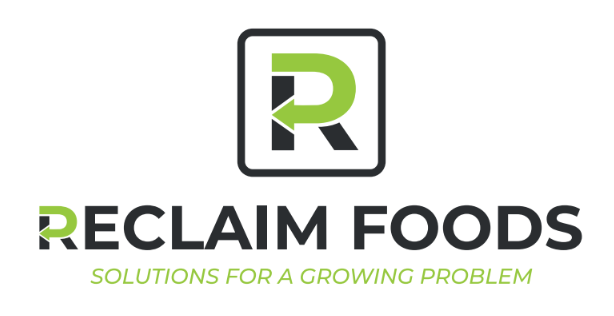Food consumption and waste generation are expected to increase as the world population increases. According to the United Nations, the Asia and Pacific region has a population of 4.6 billion people, accounting for around 60% of the world’s population, and it is projected to increase to as much as 5.2 billion people by 2050.
This population growth will continue to have significant impacts on the global linear economy (make, use and dispose) and on the raw materials and energy resources consumed by it.
Our food system remains one of the biggest contributors to climate change, generating significant amounts of solid waste and emitting greenhouse gases in the process. It is estimate one third of the world’s food is lost or wasted annually.[1]
Additionally, challenges like volatile growing conditions, pressures on supply and margins in food production, as well as changing consumer preferences, are forcing us to rethink inefficient and wasteful linear models through our food supply chains.
It is uneconomical to use financial resources, along with land, water, energy, and labour to produce food that is ultimately wasted or lost. According to the Ellen MacArthur Foundation, for every $1 spent on food, $2 is incurred in environmental, health, and economic costs.
Transitioning to a circular economy (CE) (to reduce, reuse and recycle food waste) would significantly reduce waste while also addressing several of the UN’s Sustainable Development Goals (SDGs): Goal 11 (sustainable cities and communities); Goal 12 (responsible consumption and production); and Goal 13 (climate action).
The concept of a CE may be novel to many, but the tenets behind it have been utilised throughout history. In principle, the circular economy is an economic model that aims to cut resource use and deliver low carbon, and low environmental impact, through reducing waste and preserving resources (raw materials, energy, and water).[2] It is based on three principles:
- Eliminate waste and pollution
- Circulate products and materials (at their highest value)
- Regenerate nature[3]
By 2050, a circular food economy could generate as much as US$2.7 trillion per year. The Ellen Macarthur Foundation believes this could be achieved by cities sourcing food produced regeneratively and locally and reducing waste and creating value-added by-products. Furthermore, business and governments recognise that a CE has the potential to drive business competitiveness, sustainable economic growth, and job creation through waste to value initiatives.[4]
The KPMG and Fight Food Waste CRC’s Fighting Food Waste – Using the Circular Economy report highlights that for businesses moving to a circular model the benefits could include greater efficiency and profitability, less waste, reduced costs, better innovation and stronger relationships with customers and supply chain partners.[5]
Transitioning to a CE model benefits both business and society by reducing the harm from the current unsustainable linear consumption pattern. It will require governments, businesses, and consumers to make changes to the way they operate and live today.
[1] https://www.dcceew.gov.au/environment/protection/waste/food-waste
[2] https://www.mdpi.com/2071-1050/14/16/9896
[3] https://ellenmacarthurfoundation.org/topics/circular-economy-introduction/overview
[4] https://ellenmacarthurfoundation.org/articles/five-benefits-of-a-circular-economy-for-food
[5]https://assets.kpmg/content/dam/kpmg/au/pdf/2019/fighting-food-waste-using-the-circular-economy-report.pdf

